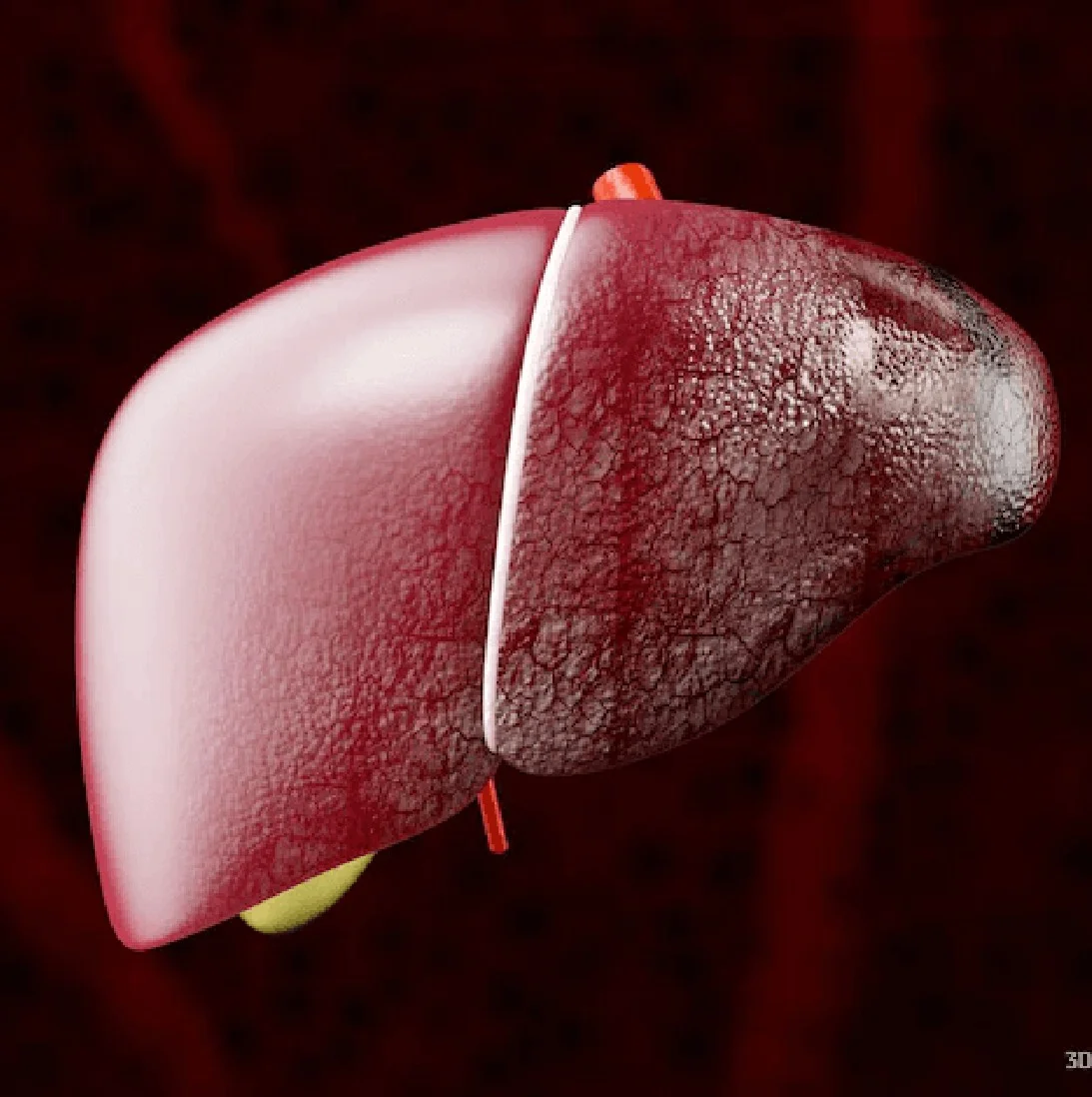
Department of Gastroenterology
Welcome To Gangasheel Hospital
What is Gall Bladder Stones ?
Gallstones are hardened deposits of digestive juices that form in the gallbladder. The gallbladder is a small pear-shaped organ on the right side of the abdomen, just below the liver. The gallbladder contains a digestive fluid called bile that is secreted into the small intestine.
Gallstones range in size from the size of a grain of sand to the size of a golf ball. Some people have only one gallstone, while others have many at the same time.
People with gallstone symptoms usually need surgery to remove the gallbladder. Gallstones that do not cause signs or symptoms usually do not require treatment.
Gallstones may not cause any signs or symptoms. If a gallstone lodges in the bile duct and causes a blockage, you may experience the following signs and symptoms:
- Back pain between shoulder blades
- Right shoulder pain
- Feeling unwell or sick
- Gallstone pain can last from minutes to hours.
The cause of gallstone formation is unknown. Doctors believe gallstones form when:
- Bile contains too much cholesterol. Bile normally contains enough chemicals to break down cholesterol secreted by the liver. However, if the liver excretes more cholesterol than the bile can dissolve, the excess cholesterol can crystallize and eventually form stones.
- Too much bilirubin in bile. Bilirubin is a chemical produced when the body breaks down red blood cells. Certain conditions cause the liver to produce too much bilirubin, such as cirrhosis, bile duct infections, and certain blood disorders. Excess bilirubin contributes to the formation of gallstones.
- Gallbladder not properly drained. If the gallbladder does not empty completely or frequently, the bile becomes highly concentrated and can contribute to the formation of gallstones.
You can reduce your risk of gallstones by doing the following:
- Do not skip meals. Try to stick to your regular meal times each day. Skipping meals or fasting can increase the risk of gallstones.
- Take off slowly. If you need to lose weight, do it slowly. Rapid weight loss can increase the risk of gallstones. Aim to lose 1-2 pounds (0.5-1 kilogram) per week.
- Eat more foods high in fiber. Include high-fiber foods such as fruits, vegetables, and whole grains in your diet.
- Maintain a healthy weight. Obesity and overweight increase the risk of gallstones. Try to achieve a healthy weight by eating fewer calories and increasing your physical activity. Once you reach a healthy weight, try to maintain that weight by continuing to eat healthy and exercise regularly.
Most gallstones do not require treatment unless they cause pain. You may pass gallstones without realizing it. If you have pain, your doctor may recommend surgery. In rare cases, drugs can be used.
There are several non-surgical methods of treating gallstones when the risk of surgical complications is high. However, without surgery, gallstones may recur even with additional treatment. This means you may have to monitor your condition for most of your life. It is one of the most common surgeries performed. The gallbladder is not a vital organ, so you can live a healthy life without it.
There are two types of cholecystectomy:-
Laparoscopic cholecystectomy
It is a common surgery that requires general anesthesia. Surgeons usually make 3-4 incisions on her abdomen. Then insert a small lighted instrument into one of his incisions, look for stones, and gently remove the gallbladder. If there are no complications, you can usually go home the same day or the day after surgery.
Open cholecystectomy
This surgery is usually done when the gallbladder is inflamed, infected, or injured. This surgery can also be performed if problems occur during laparoscopic cholecystectomy.
After removal of the gallbladder, loose or watery stools may occur. When the gallbladder is removed, bile is directed from the liver to the small intestine. Bile no longer flows through the gallbladder and is no longer concentrated. The immediate result is a laxative effect that can cause diarrhea, but this problem should resolve itself for most people. If so, there are several ways your doctor can try to remove gallstones.
Oral dissolution therapy usually uses ursodiol (Actigall) and kenodiol (Chenix) to break up gallstones. These drugs contain bile acids that dissolve stones. This treatment is great for breaking down cholesterol stones and can take months or years to fully work.
Shock wave lithotripsy is another option. A lithotripter is a machine that creates a shock wave that penetrates a person. These shock waves can break gallstones into smaller pieces.
Percutaneous gallbladder drainage involves inserting a sterile needle into the gallbladder to aspirate (drain) bile. A tube is then inserted to help drain excess fluid.
Yes, Gallbladder Stones is available in Bareilly at Gangasheel Hospital by the team of expert Gastroenterologists in the city.
